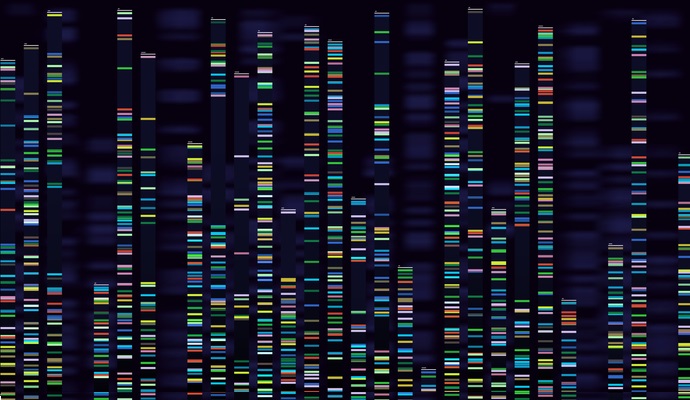NIH Launches Next Version of Alzheimer’s Precision Medicine Effort
The effort is part of partnership to accelerate the development of precision medicine therapies for Alzheimer’s disease.

Source: Getty Images
- NIH has launched the next version of the Accelerating Medicines Partnership Alzheimer’s disease program (AMP AD 2.0), an effort to enable precision medicine treatments for Alzheimer’s.
AMP AD 2.0 is supporting new technologies, including cutting-edge, single-cell profiling and computational modeling, to facilitate a precision medicine approach to therapy development. The effort is managed through the Foundation for the NIH (FNIH), and brings together NIH, industry, non-profit, and other organizations with the shared goal of using open science practices to accelerate the discovery of new drug targets, biomarkers, and disease subtypes.
“Unraveling the complex biological mechanisms that cause Alzheimer’s disease is critical for therapeutic development,” said NIH Director Francis S. Collins, MD, PhD.
“AMP AD 2.0 aims to add greater precision to the molecular maps developed in the first iteration of this program. This will identify biological targets and biomarkers to inform new therapeutic interventions for specific disease subtypes.”
Alzheimer’s is the most common cause of dementia and affects an estimated 5.8 million Americans 65 and older. Because the prevalence of this disease is greater among black and Latino Americans than it is among white Americans, AMP AD 2.0 will expand the molecular characterization of Alzheimer’s in brain, blood, and spinal fluid samples collected in these diverse populations.
These datasets will allow the AMP AD 2.0 research teams to refine the characterization of new targets, discover new fluid biomarkers, define disease subtypes, and increase the understanding of causative factors and steps in disease progression. The insights will inform the development of therapies that can be tailored to different stages of the disease and diverse disease risk profiles.
“AMP AD has helped transform the way we learn about the disease process and identify new targets for treatment,” said Richard J. Hodes, MD, director of the National Institute on Aging (NIA), part of NIH.
“By expanding the molecular characterization of Alzheimer’s disease to be more inclusive of diverse populations and by renewing the commitment to open science practices for sharing data, methods, and results, we will enable researchers across the globe to better understand the complex nature of the disease and take a precision medicine approach to the development of effective treatments.”
During the first AMP Alzheimer’s program, research teams generated a wealth of high-quality data from human biological samples and animal and cell-based models and discovered more than 500 unique candidate targets through unbiased computational methods.
Researchers made these novel resources available through a centralized data infrastructure and data sharing platform called the AD Knowledge Portal, and the portal-linked, open-source platform Agora. The wide availability of this data has led to many new insights on the role of the genome, proteome, metabolome, and microbiome in the disease process.
To date, more than 3,000 researchers around the world – representing academic, biotechnology, and pharmaceutical industry sectors – have used these data resources for research on Alzheimer’s and related dementias.
NIH will lead research efforts and contribute an estimated total of $61.4 million over five years, pending availability of funds. This includes funding for a data coordinating center at Sage Bionetworks, as well as six multi-institutional, cross-disciplinary academic research teams.
As before, FNIH will manage a steering committee to provide strategic direction of the partnership’s research plans with representation from private- and public-sector partners. FNIH’s steering committee management will be led by an AMP AD executive committee made up of leaders from NIA, industry, the FDA, and non-profit research, advocacy, and care organizations.
“This partnership offers real hope to the tens of millions of people affected by Alzheimer’s disease,” said Maria C. Freire, PhD, president and executive director of the FNIH.
“Collaboration through the first round of AMP AD has already enabled breakthrough advances in researchers’ understanding of how Alzheimer’s disease progresses, uncovering numerous potential targets for drug therapy in a field where treatment options are severely limited.”
